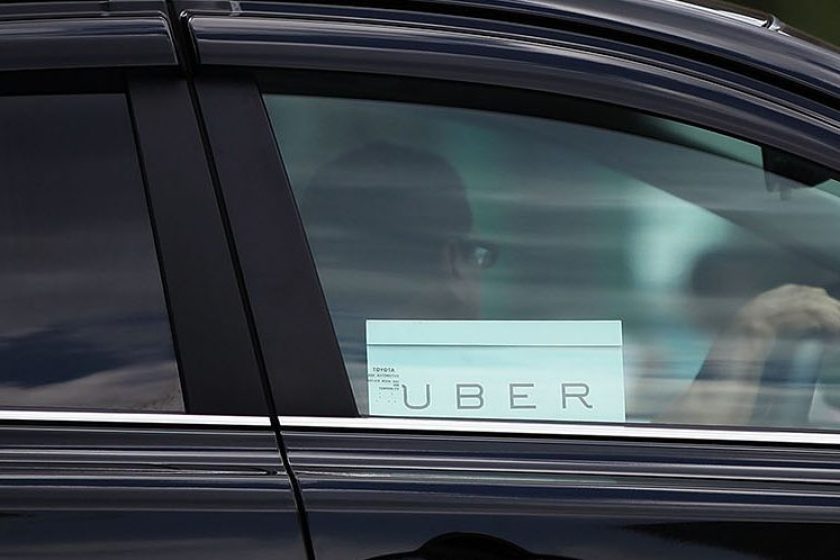
Uber has been using a secret program to subvert regulation and evade oversight by officials in cities around the world where the ride-hailing app is restricted or banned since 2014, according to the New York Times.
Using an amalgam of data collected from its app and other techniques, Uber used a tool it called “Greyball” to subvert law enforcement authorities in Paris, Boston, and Las Vegas, in addition to cities in Australia, China, South Korea, and Italy.
The tool flagged people that Uber knew were tasked with creating and enforcing regulations and then served up a fake version of the app so they couldn’t be caught operating in the city. “Greyball” demonstrates the lengths Uber is willing to go to expand its business, which now operates in 70 countries and is valued at about $62 billion, according to Bloomberg.
The tool was part of a larger program by Uber called “VTOS,” an acronym for “violation of terms of service,” that was built to identify people not using the ride-sharing service properly. Both VTOS and “Greyball” were still in use as of today, albeit predominantly outside of the U.S., the New York Times reports.
—RealClearLife
This article was featured in the InsideHook newsletter. Sign up now.